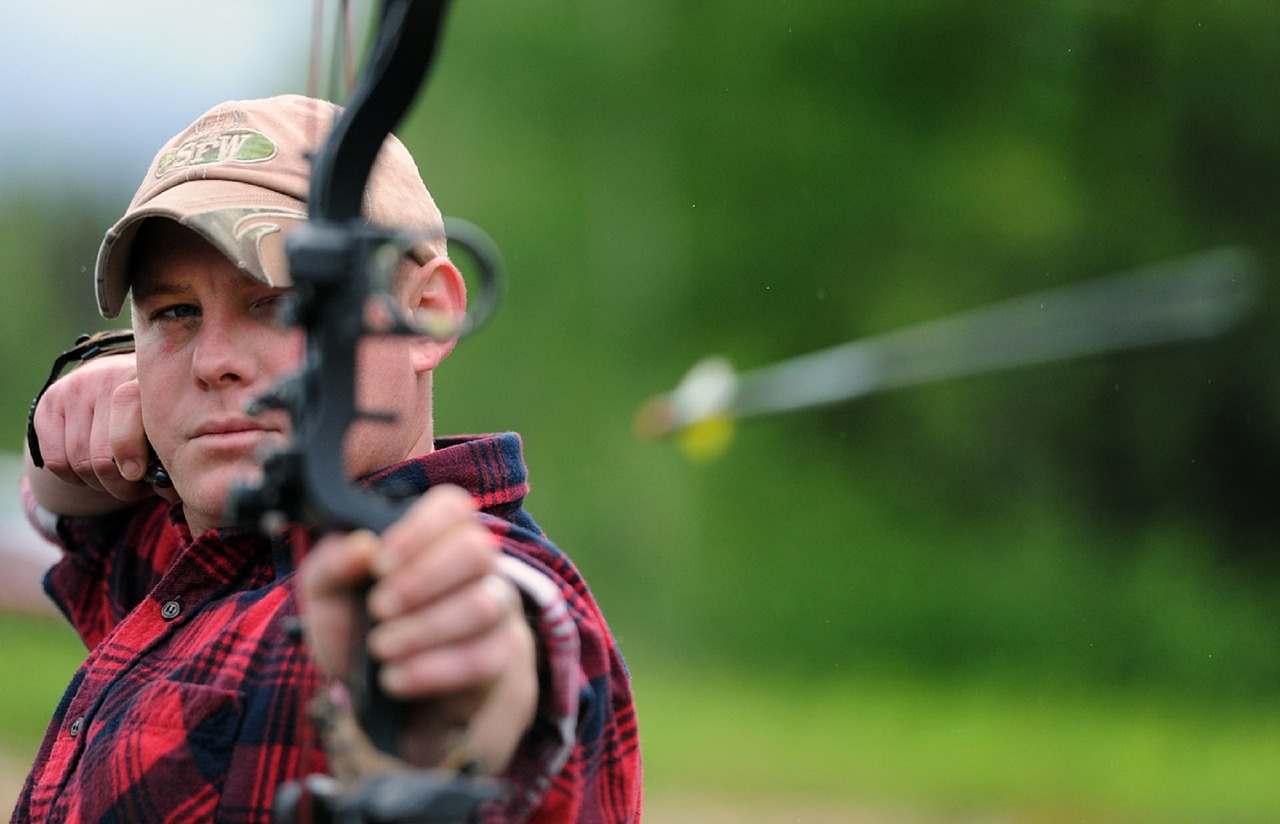Bowhunting is one of the most exciting games. The first time you spot a big-game animal and think about taking the shot, you’ll understand what I mean. But in the first stage, many things can go wrong with bowhunting if you don’t have sufficient knowledge. You proper bowhunting tips for beginners to follow before going out in the wild.
Getting started in bowhunting can seem overwhelming. There’s a lot of stuff and strategies out there. At times you may think that what are the right things to know for bowhunting.
That’s the purpose of this guides. I’ll explain some of the things you’ve heard and read about. I’ll also offer up suggestions from my trial-and-error experiences of bow-hunting.
Here are some bow hunting tips for beginners from selecting the right gear to maintaining them in the right ways.
-
Start with the Right Bow
The Right Bow is almost as important as the experience for any bowhunter. Without it, you cannot it the target. There are many kinds of bows. What you need is to understand your kind and then choose according to your needs.
Let me first make several suggestions. I strongly suggest that you begin with a compound bow equipped with sights. A compound is easier to learn to shoot in a shorter amount of time. It’s that simple.
A compound’s let-off is conducive to quick, easy success and comfort. Ditto the sights. A sight gives you a chance to feel competent much quicker than with other methods. Early target success will make practice sessions more enjoyable.
-
Selecting a Right Arrow Properly
The arrows you shoot will either be aluminum or carbon. The fletching on your arrows will either be feathers or plastic vanes. You should consider some basic guidelines before choosing your arrows for hunting.
A quality arrow will help you to shoot the target more accurately than a low-quality arrow. Also, a fined tune arrow will help you to enhance performance and thus gain the confidence at the start that can lead you to the perfect bow hunting experience.
-
Choosing the Right Type of Arrow
Which should you choose? It’s another matter of personal choice, but let’s look at the pros and cons of each.
Aluminum arrows: Aluminum arrows are durable and, in some cases, less expensive than carbon arrows, although the price gap has narrowed significantly in recent years. In some areas, aluminum may be easier to come by. Aluminum arrows have a long history in bow-hunting, and many hunters still prefer aluminum.
Carbon arrows: Carbon arrows are also durable. Carbon arrows, unlike aluminum, won’t bend; a carbon shaft is either straight or broken. Carbon arrows continue to gain in popularity each year. Many successful archers use each type of shaft. In the end, it comes down to their personal arrow choices.
-
Choose Fletching According to Your Needs
Fletching is another important matter you need to consider for better bowhunting performance. Feathers are lighter and have a more traditional appeal. In some instances, when shooting broadheads, they provide greater stability and more accuracy. Plastic vanes are quieter and more durable.
They are also waterproof and less expensive. If you have accuracy issues, feathers might get you on track. If you live somewhere with a lot of rainfall, vanes are probably a better choice.
-
Get the Best Performance of Your Bow by Maintenance
Wondering about the saying about “straight as an arrow?” That’s exactly what you want. You have to tune your arrow to shoot as perfectly from your bow as possible. It’s not a difficult job, but there are a number of variables to consider
An arrow that is not properly tuned to a bow can move in two ways: up-and-down (porpoising) and side-to-side (fishtailing). An arrow might exhibit one or both types of movement. To some degree, the movement may be noticeable with the naked eye. A far better way to find out is to paper-tune your bow.
-
Paper-tuning a Bow in a Perfect Way
To paper-tune a bow, you need some form of a frame that you can tack newspaper or butcher paper too. An old window frame or a cardboard box with the middle cut out will suffice.
I built a frame out of 1x2s that measures 18 inches wide by 24 inches tall. Once you have a frame, tack paper tightly across the opening. Place the frame a few feet in front of a target.
Now go back about 6 or 7 yards and shoot an arrow through the paper into the target. The tear through the paper will tell you exactly what you need to do to tune your bow.
These tears will show the arrow’s fletching going through high, low, right, left or a combination of two of these. The idea is to have as close to a perfect (no more than an inch in any direction) star-shaped tear as possible. A clean tear is the mark of a properly tuned bow.
-
Correct the Vertical and Horizontal Tear
First, get rid of vertical tears. This is another thing to consider seriously when you are out to the bow hunting sports. These are caused by your string nock being too high or too low. Think opposites here. If the tear is high, move the nock down. If the tear is low, move the nock up.
Once the vertical has been corrected, work on the horizontal. Tears to the right or left can usually be corrected by adjusting the arrow rest, making slight changes in the length of the arrow or changing the bow’s draw weight.
For simplicity, we’ll concentrate on the rest. You can always consult an archery shop, book, or video if more is needed. If the tear is to the left, move your rest to the left.
If the tear is to the right, move your rest to the right. This usually stops fishtailing. With a little luck and some patience adjusting, you should see a big change in the quality of your arrow’s flight.
Add The Sports Daily to your Google News Feed!







